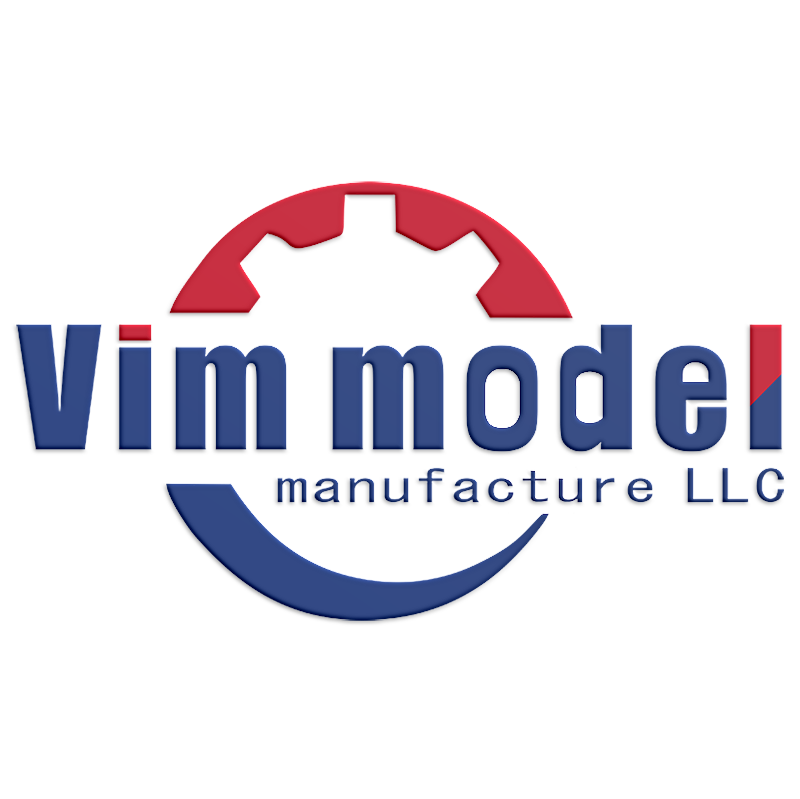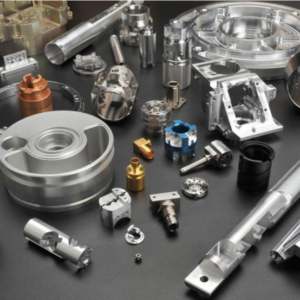Understanding the Anodizing Process for Aluminum Alloys
Anodizing is a critical finishing process used to enhance the durability, appearance, and corrosion resistance of aluminum alloys. This electrochemical process not only extends the life of aluminum components but also allows for various aesthetic finishes. In this article, we’ll explore the anodizing process, its benefits, and its applications.
"*" indicates required fields
Title: Understanding the Anodizing Process for Aluminum Alloys
Introduction
Anodizing is a critical finishing process used to enhance the durability, appearance, and corrosion resistance of aluminum alloys. This electrochemical process not only extends the life of aluminum components but also allows for various aesthetic finishes. In this article, we’ll explore the anodizing process, its benefits, and its applications.
What is Anodizing?
Anodizing is an electrochemical process that converts the metal surface into a durable, corrosion-resistant, anodic oxide finish. Unlike painting or plating, the anodized layer is part of the metal itself, making it incredibly strong and resistant to wear.
The Anodizing Process
- Cleaning: The aluminum is cleaned to remove any surface contaminants.
- Pre-Treatment: The surface is smoothed or given a matte finish.
- Anodizing: The aluminum is submerged in an electrolytic solution, where an electric current is applied. This process forms a thick oxide layer on the surface.
- Coloring (Optional): Dyes can be added to the anodized layer for aesthetic purposes.
- Sealing: The pores in the anodized layer are sealed to enhance corrosion resistance.
Benefits of Anodizing Aluminum Alloys
- Corrosion Resistance: Anodized aluminum withstands exposure to harsh environments, including marine and industrial applications.
- Increased Durability: The anodized layer is hard and resistant to wear, making it ideal for high-traffic areas.
- Aesthetic Flexibility: Anodizing allows for a range of finishes, from clear to colored, enhancing the visual appeal of aluminum components.
- Environmental Friendliness: Anodizing is a safe, environmentally friendly process that produces minimal waste.
Applications of Anodized Aluminum Alloys
Anodized aluminum is used across various industries due to its versatility and durability:
- Architecture: Used for window frames, curtain walls, and roofing.
- Automotive: Ideal for trim and body panels, offering both protection and aesthetic appeal.
- Electronics: Provides a durable, insulating layer for components.
- Consumer Goods: Common in cookware, sporting equipment, and home appliances for both protection and decoration.
Best Practices for Anodizing
- Material Selection: Choose the appropriate aluminum alloy for the desired anodizing outcome, as different alloys produce different finishes.
- Process Control: Maintain strict control over the anodizing parameters to ensure consistent quality.
- Post-Anodizing Care: Handle anodized parts carefully to prevent damage to the oxide layer and ensure long-term durability.
Conclusion
Anodizing aluminum alloys is a vital process in many industries, offering a blend of enhanced performance and aesthetic appeal. By understanding the process, benefits, and applications, manufacturers can optimize their use of anodized aluminum, ensuring both quality and longevity.
- Rapid Prototyping
- CNC machined parts
- CNC Turning
- Sheet metal
- Die Casting
- Small and large lot production of various quantities
- CMM inspection
- Finish ( Painting, Silkscreen, Sand Blasting, Electroplating, Anodize, etc )
- MOQ 1 pc
- 475 materials available
- 21 Surface Treatment available
- We have a staff of 118 professionals.
- 24 hours for prototype quote
- 4-24 hours to provide a quote for mass production
- 100% full size inspection
- Provide CMM inspection report & heat treatment inspection report & surface treatment certificate
- Many of our technicians have more than 10 years working experience, they are proficient in CNC 3-axis, CNC 4-axis, CNC 5-axis programming and all kinds of molds.
- Our engineering team can provide design suggestions if you need.
- Our engineering team can provide the most reasonable and economical mass production program according to different quantities.
- We can be shipped assembled if required.
- Robots
- Airplanes
- Medical devices
- Cars&Motorcycle
- Machinery
- design company
- Bicycles
- Watercraft
- Electronic
- Scientific Equipment
- Oil&Gas control systems
- Sinal receiving devices
- Optical devices
- Beauty
- Lighting
- Obtained ISO9001 certificate,laying the foundation for product quality.
- Sign a confidentiality agreement to protect customer information.
- Technicians are trained once a year to continuously optimize our skills.
- Project suggestions, optimize product structure.
- Free assembly.
- Your quotes are so fast and I like working with you guys.
- Your parts are so damned gorgeous,we just got some big box today.So Gorgeous.








